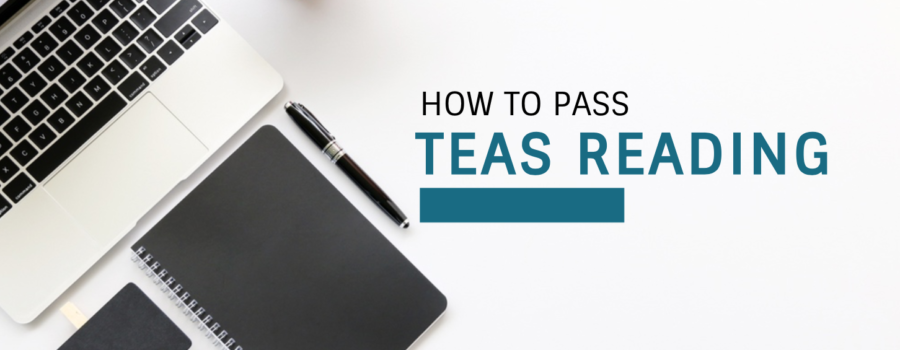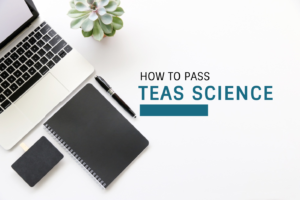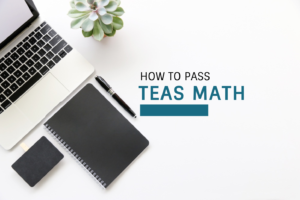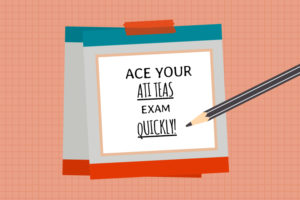No other exam has been more influential than the TEAS in inspiring nurses all across the United States. The purpose of the exam is to assess the analytical and critical skills of students to succeed in the first-year courses at the school.
Moreover, the TEAS V has been replaced with the new curriculum of TEAS VI edition to remain up-to-date with contemporary concepts necessary for the development of nurses’ education.
Although TEAS 6 is divided into four different sections, this article will specifically focus on the Reading Section of the TEAS 6.
That said, no individual can become a professional nurse without learning how to use comprehensive reading techniques.
Nurses will have to undertake an enormous amount of reading in their nursing school as well as making the most of it in the workplace.
Your analytical ability to read from complex source materials in a variety of situations will essentially help you care better for your patients.
Changes in ATI TEAS Reading Section
According to additional changes in the ATI TEAS 6, students will now have sixty-four (64) minutes to complete the Reading Section instead of the previously set fifty-eight (58) minutes.
Thus, with an increase of six minutes, five more questions have been added, making it a total of 53 questions.
Nurses will be expected to fill out multiple-choice format questions from different subjects involving long to short passages. As per TEA VI, some categories in the Reading Section include, using knowledge to create ideas, contextualize, reason, and identify sequential patterns.
Combining Knowledge and Ideas
The combination of knowledge and ideas involves dealing with presented evidence in multiple facets. In simple terms, it means you will have to thoroughly examine the textual or graphical information to be able to make sensible assertions and draw conclusions.
And making your own unique subjective view on the analyzed material will also be a part of this section. This category is the shortest and consists of only 11 questions.
Also, having to differentiate between primary and secondary source material will be a crucial aspect of the test. The trick is to attentively read and understand the writer’s perspective and make the necessary inferences.
Contextualization and Reasoning
This category consists of 14 questions and deals with how a writer succeeds in expressing the inner motives of his or her writing. And through various techniques, the writer gradually understands the context of the subject matter.
You’ll be expected to distinguish between the subjective and objective reasoning of the source material. Moreover, how a writer presents his or her stance is the essence of the category. Also, most importantly, it notes how a writer can manage to assemble the process and choice of words in a variety of different styles.
The focus should be to pay close attention to the writer’s stance and how it eventually formulates the overall language.
And once you grasp the intent behind the framing of the language, the rhythm, and tone of the writing will start to make sense on its own.
Pairing the Central Idea with Details
The longest part of the Reading Section is the combination of Key Ideas and Details, comprising 22 questions as a whole. This section requires the necessary skills to spot the sequential pattern in writing, comprehension of the lengthy source material, identifying key elements despite multiple sources.
And possessing the ability to follow given directions and compiling required inferences from the content are imperative skills to pass this category. However, even the skills above may become insignificant if you fail to identify the main theme, evidence, and subject matter of the writing.
The best way to complete this category successfully is to approach the text again and again until there’s no more room left to explore and improve.
The Secret to Passing the Reading Section
If you happen to notice a sequence of pattern in the presented questions and passages, that’s good news. This is because now you will know better to reassess each passage twice to overcome possible mistakes.
Also, do not indulge in words that might be unfamiliar to you. You can move on to the next segment or question, but use the elimination method to minimize the risk of wasting your time.
Having to choose between time management and overlooking valuable information in the passages may seem tricky, but the secret is to be as efficient as you can be.
You will also be asked to speak and analyze graphical charts, which may be disguised as math problems.
The fact of the matter is that nurses are required to read through complex graphical charts in workplace settings. And taking extra time to invest in the data will have a long term benefit for you since the information is directly correlated with patients’ care.
UGO Prep understands the importance of taking TEAS 6 and how it could transform your professional life. You can rely on our professional diligence to provide the necessary tools and help you find the best available resources.
Some final notes from us..
- As you prepare for this exam, we recommend that you read books, magazines, articles and just about anything you can get your hands on. This practice will strengthen your understanding of the english language.
- Practice, practice and more practice! That is the best advice anybody can give you. But along with that advice, we want to add a caveat. Make sure you’re practicing using a trusted source. There’s nothing worse than wasting time studying outdated and unimportant material.
Think you’re ready for the english and language portion of the exam? Try a free practice test!
Need help preparing for this portion of the exam? Check out our award winning TEAS Exam Prep. We can help you prepare for your TEAS exam in 2 weeks time!






